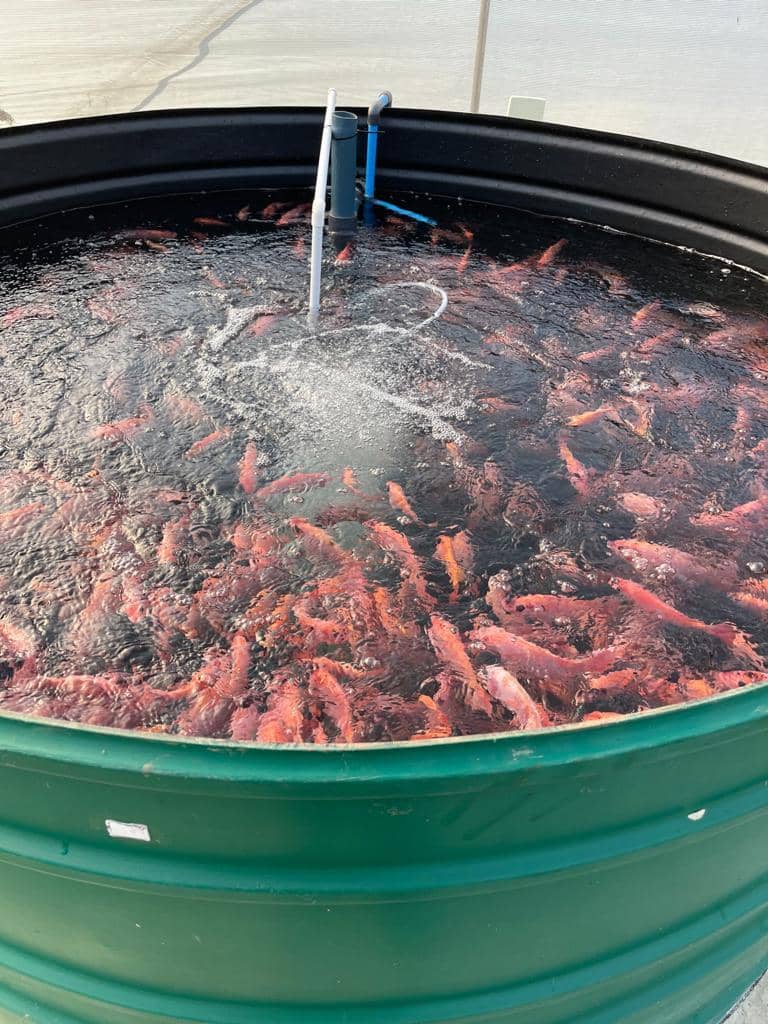What is fish farming?

Fish farming, also known as aquaculture, is the practice of raising fish in controlled environments such as tanks, ponds, or pools. This method offers fish farmers the ability to effectively manage fish populations and exercise precise control over key environmental factors, including water temperature, dissolved oxygen levels, pH balance, and waste management. Additionally, it is widely recognized that sustainable fish farming has the potential to enhance nutritional outcomes, support ecosystem restoration, and foster economic opportunities within local communities.
In closed ecosystems, meticulous monitoring and maintenance are paramount to optimize the yield of fish. Water quality management plays a pivotal role in fish farming, as it is imperative to maintain optimal conditions to minimize fish mortality.
In the realm of tank-based fish farming, notable breeds that exhibit favorable characteristics include blue Tilapia, Blue Nile Tilapia, Salmon, Trout, Catfish, and Perch. Each of these fish breeds has specific requirements concerning environmental factors, including temperature range and pH levels.
Project overview
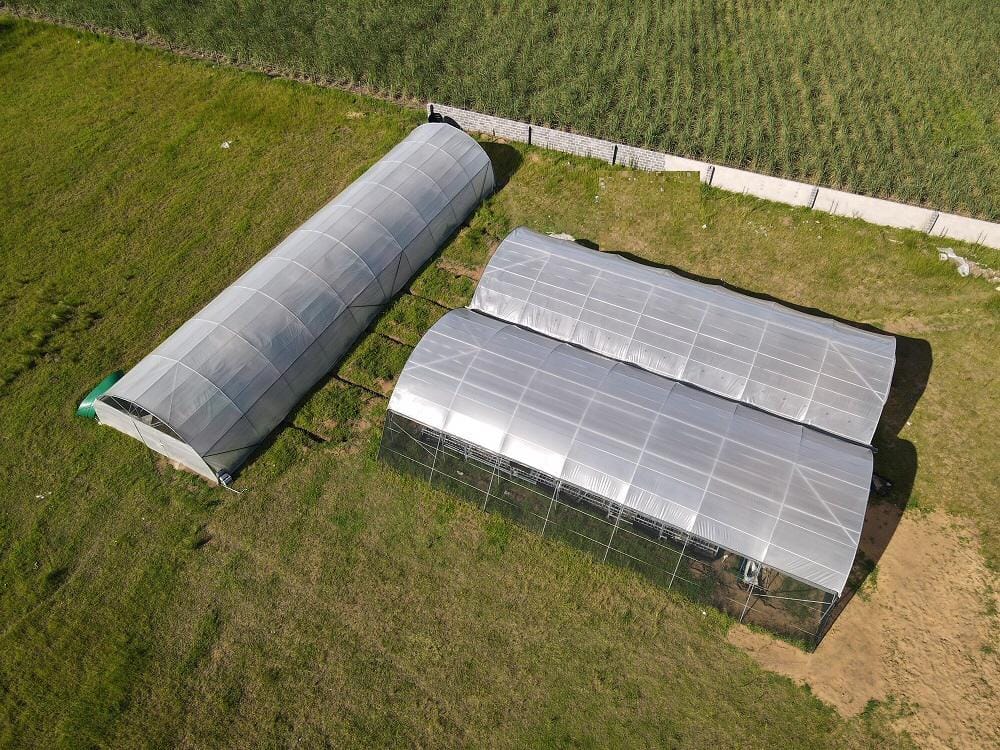
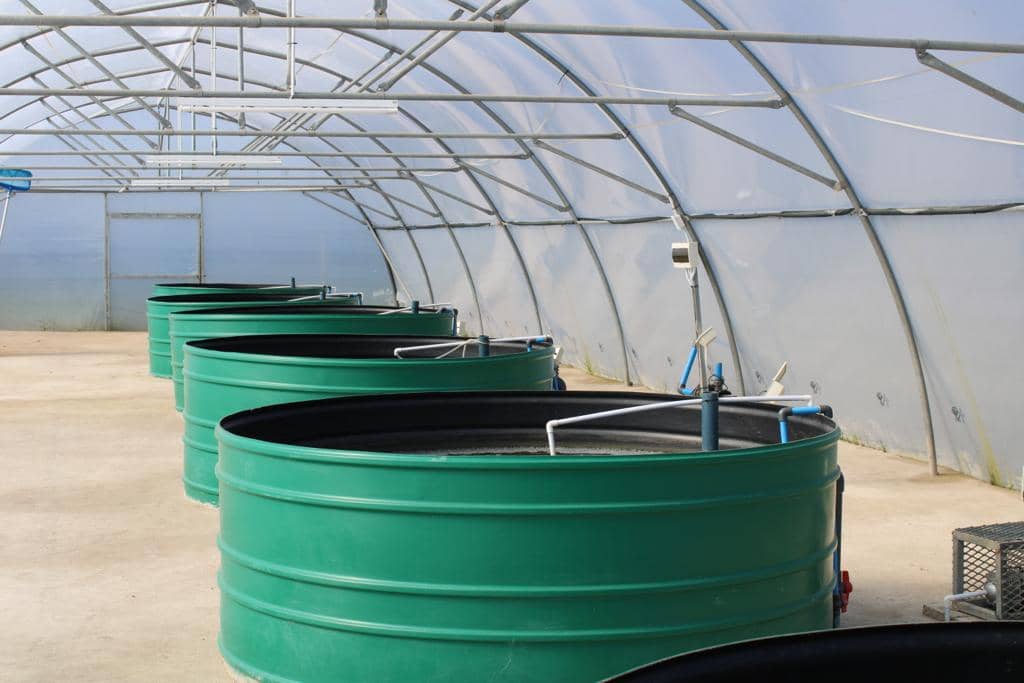
Water quality management systems are commonly employed in fish farming operations; however, these systems typically necessitate rigorous maintenance schedules and continuous monitoring. Consequently, team Appimate has contacted us to explore the possibility of developing an Internet of Things (IoT) based water quality management system for their fish farming project.
The envisioned system would be responsible for gathering data pertaining to various water conditions and transmitting real-time sensor data to a centralized database. Subsequently, this data would be utilized to update a dedicated mobile application on the user’s end.
Design challenges
Environmental sensors are known for their high sensitivity and the need for regular calibration. This calibration process is often a technical and time-consuming process. Thus, it is imperative to consider this aspect during the system’s construction and design phase.
The identification of design challenges primarily stems from thorough desktop research and reference to previous relevant projects. Devoting attention to this crucial step will undoubtedly eliminate potential difficulties in the future. Among the initial design challenges encountered were:
- Building a watertight enclosure with a lcd display
- Wifi provisioning of the system
- Enabling over-the-air-updates
- Enabling a user-friendly calibration method
- Combining different wireless communication protocols between the hardware and the database
Getting to work
After spending some much-needed time researching the problem, I now had a clear development roadmap that listed all the project milestones. Some of the project milestones include designing the circuit, designing and manufacturing the PCB, designing a waterproof enclosure with an LCD screen, building the firmware, and testing the device.
Be sure to take note of every little detail, including the miscellaneous items. Ensure that you have considered all costs and possible setbacks. Delays cost money!
Design process
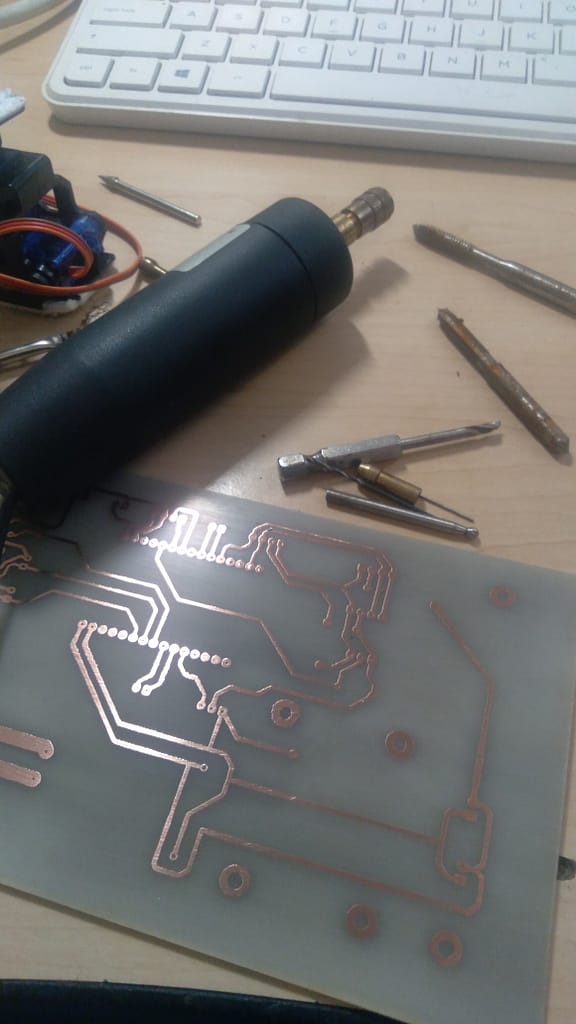
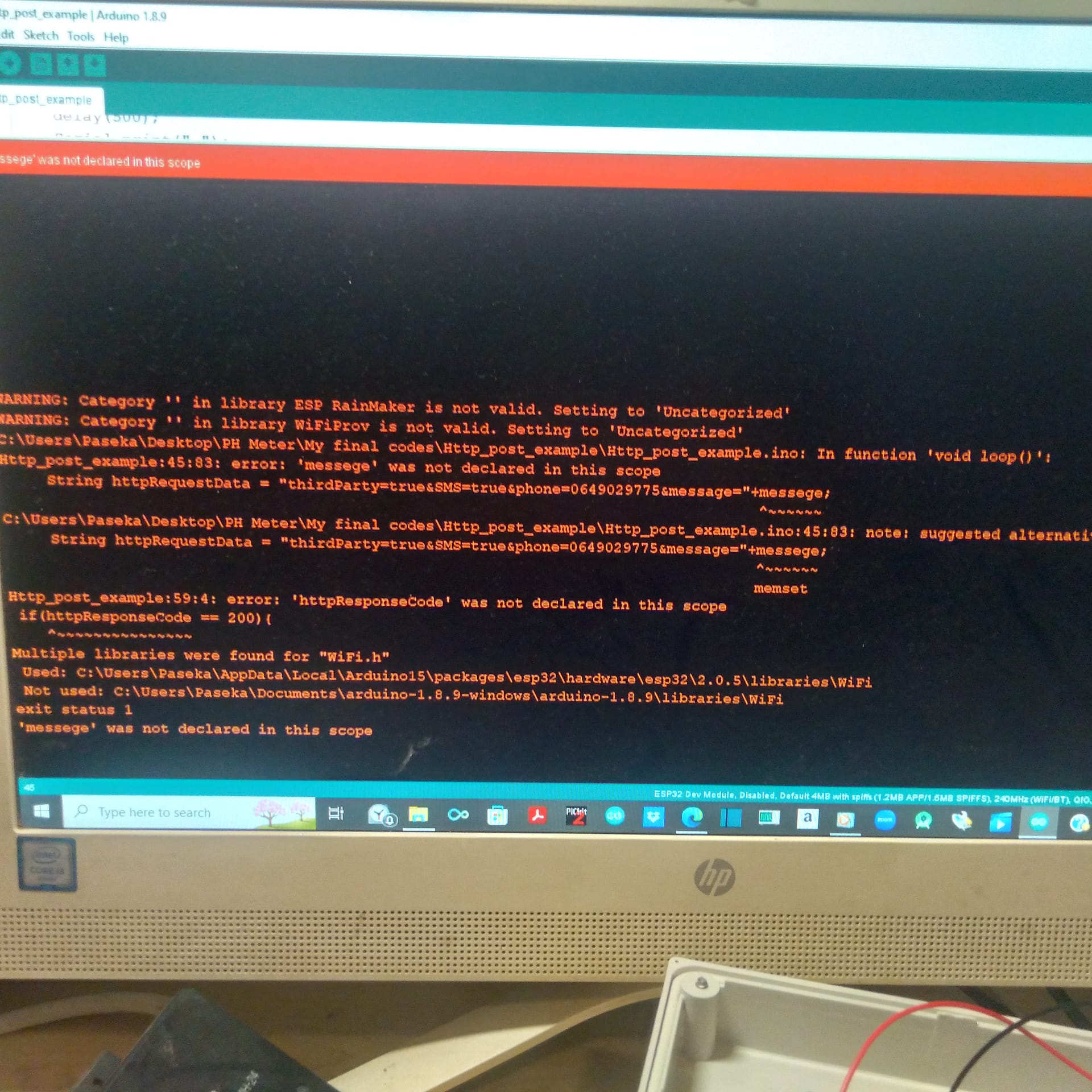
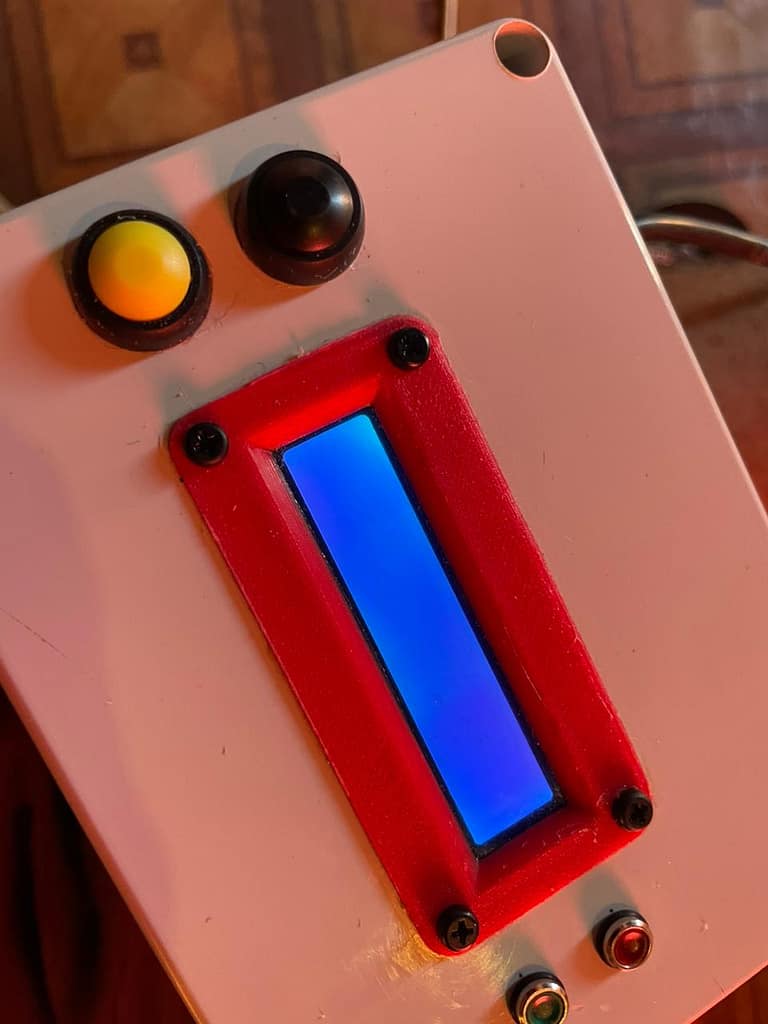
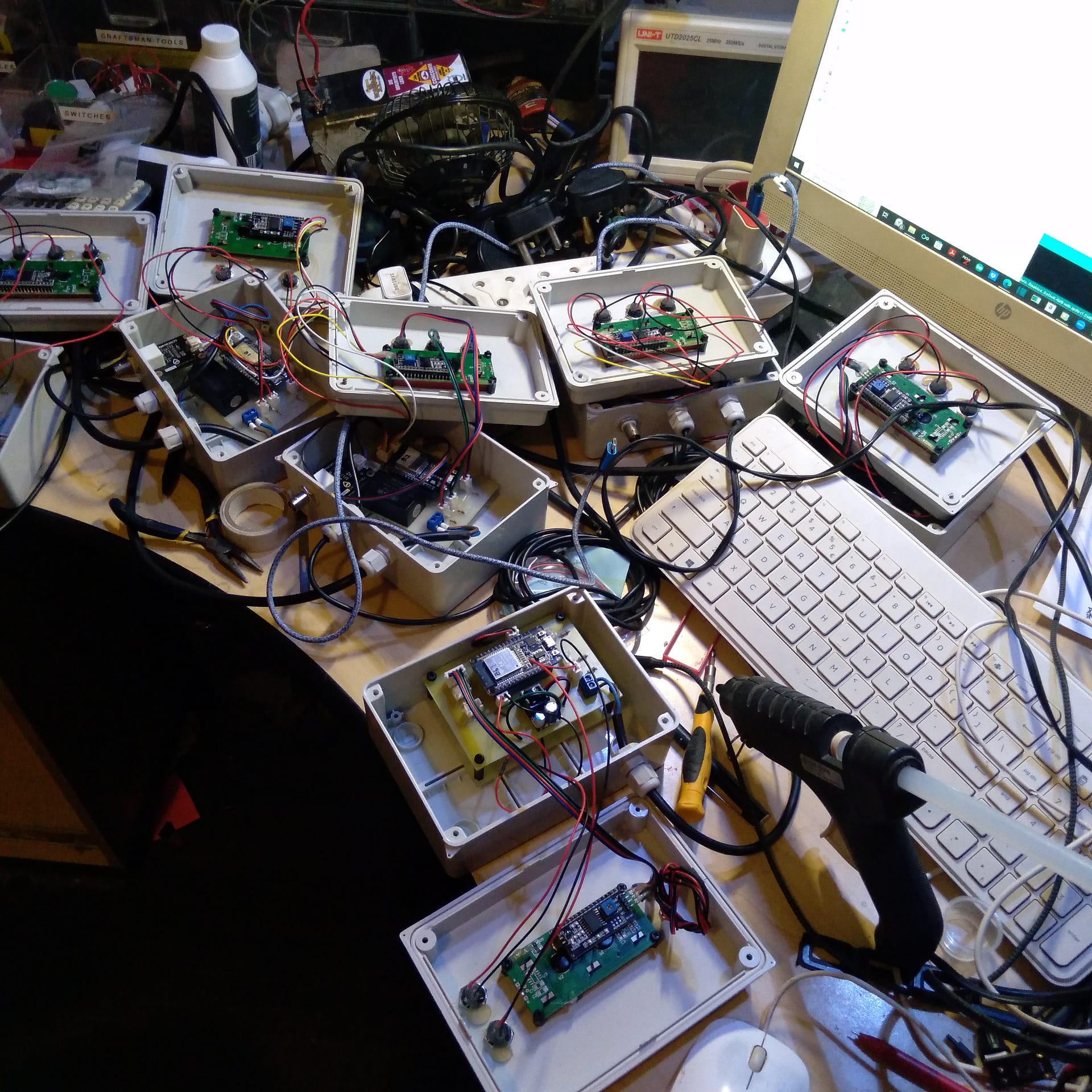
Once you have a clear developmental roadmap, it’s best to start by building the hardware. I have found this to be a very efficient way to develop embedded electronics projects. Once this hurdle has been overcome, you can deal with the code. Depending on the complexity of the design, I have found that I spend roughly an equal amount of time on the hardware and enclosure as I do on the software.
Testing the design
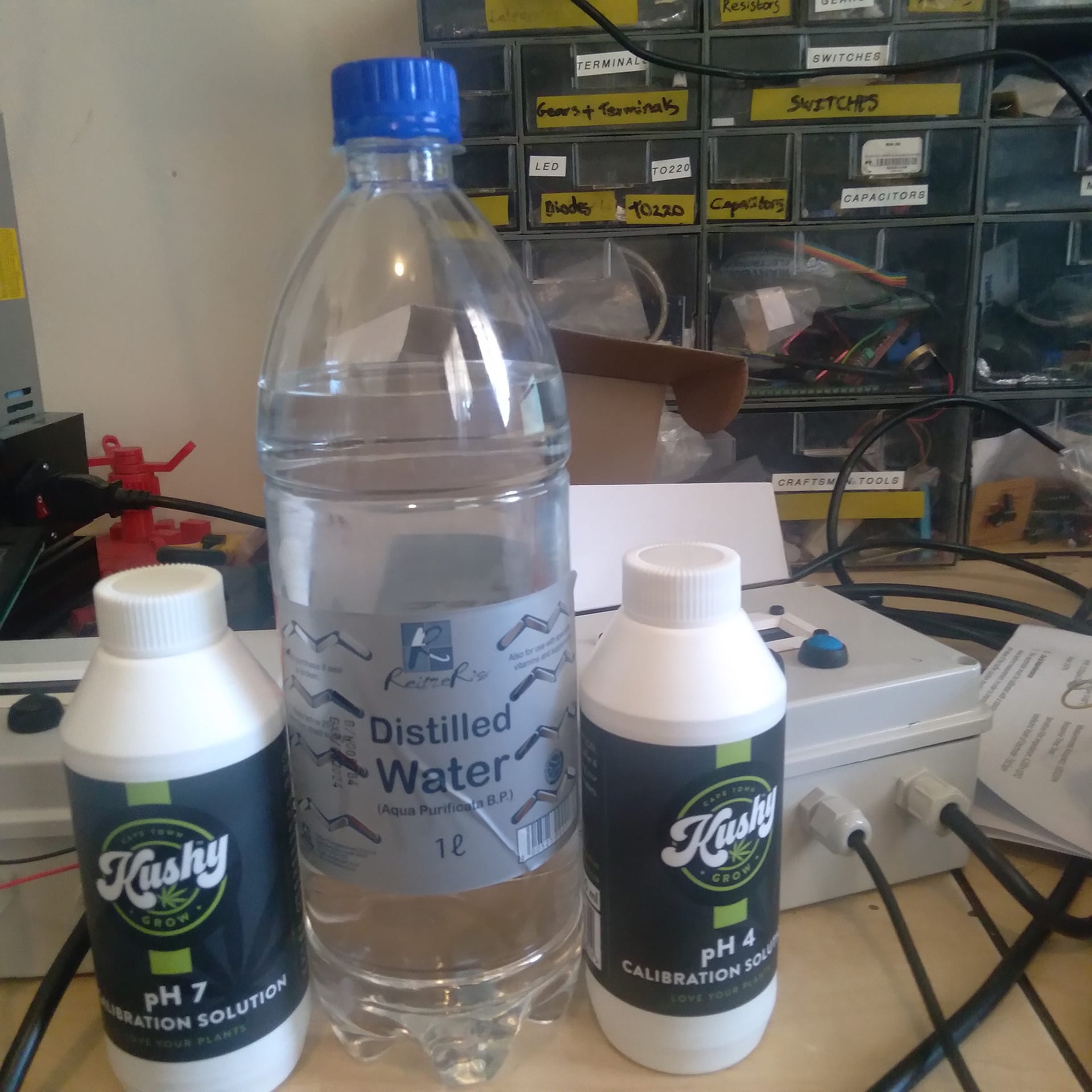
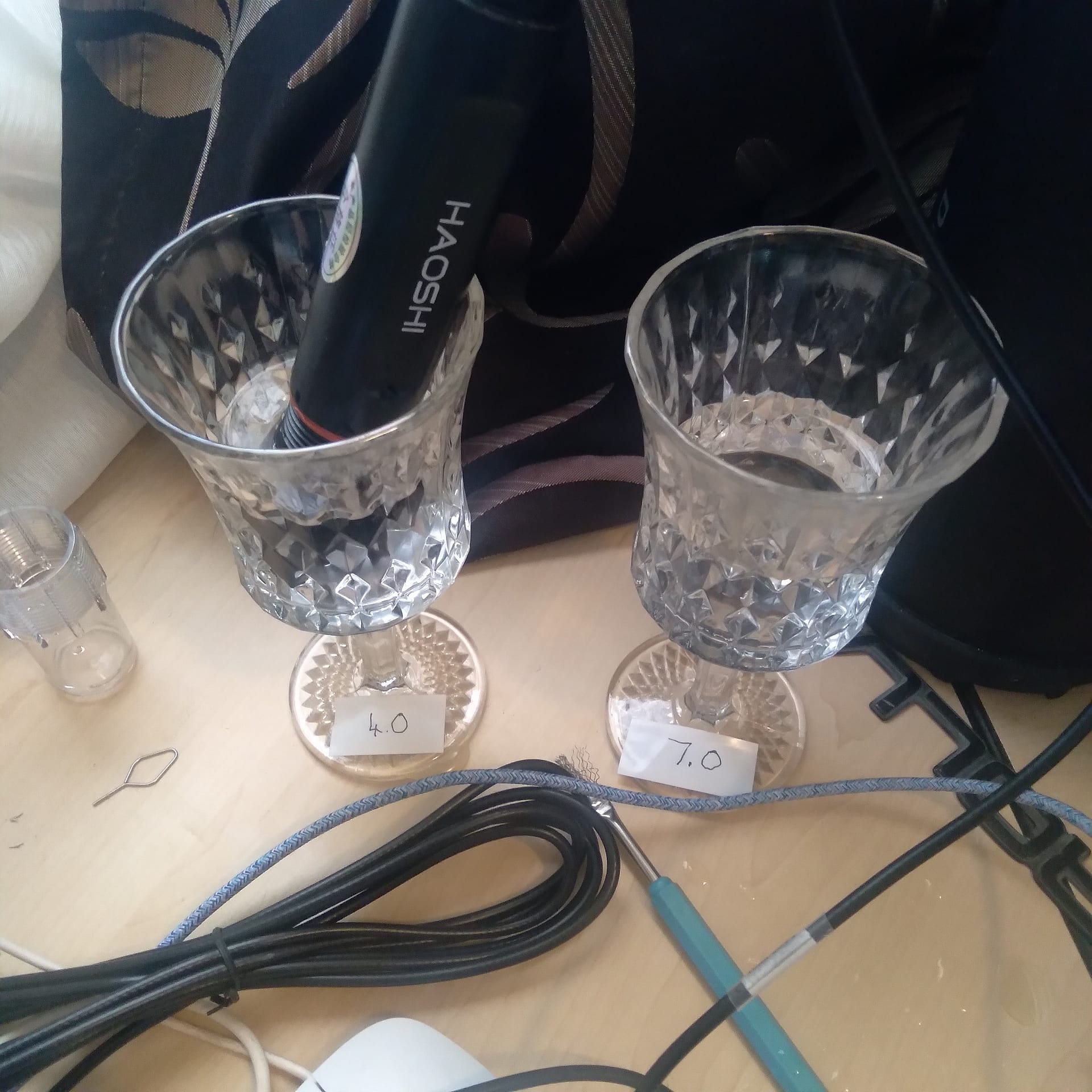
Now that I had reluctantly transformed my once tidy desktop into a chaotic chemistry lab, tirelessly testing and calibrating each sensor, painstakingly recording the tedious test results. This mundane chore failed to ignite even the slightest spark of enjoyment within me.
With the hardware in perfect working order, I could now confidently test all sensor parameters without the hassle of rewiring circuits or worrying about damaging the sensors. This streamlined process eliminates any potential mess and ensures a smooth testing experience.
Product launch
By the time I had to deliver this project, I had come to realize that I had accomplished this project entirely from my desk, showcasing my exceptional productivity and resourcefulness!
Now that the project had been built and tested, it was time to launch it in its intended environment. Team Appimate got away with strapping the system with some tape for the initial test run since this was a trial, but everything worked as intended, and the project was a success.
Some further development was, however, necessary in order to improve the aesthetics and compatibility, and I wasted no time getting the job done.
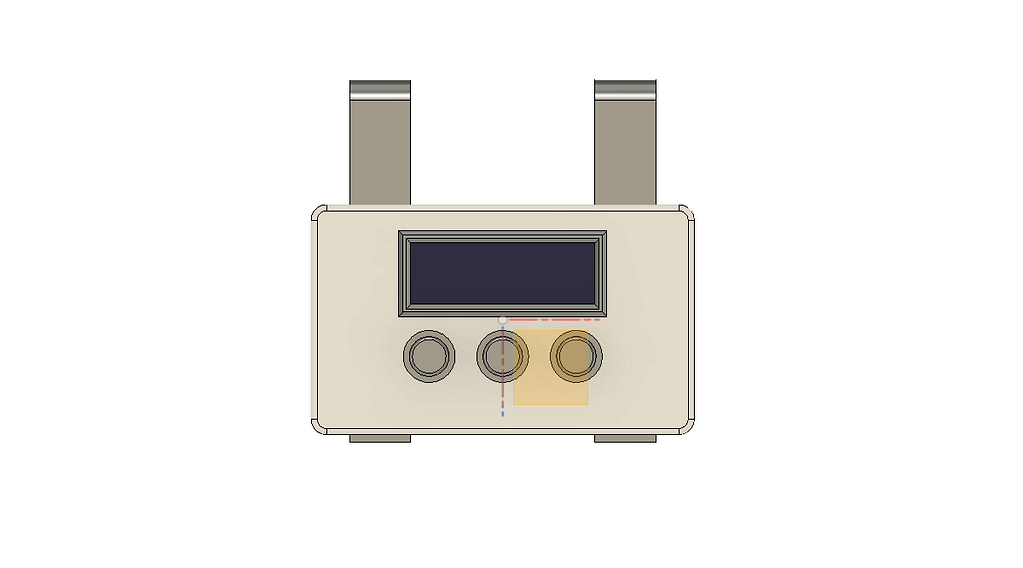
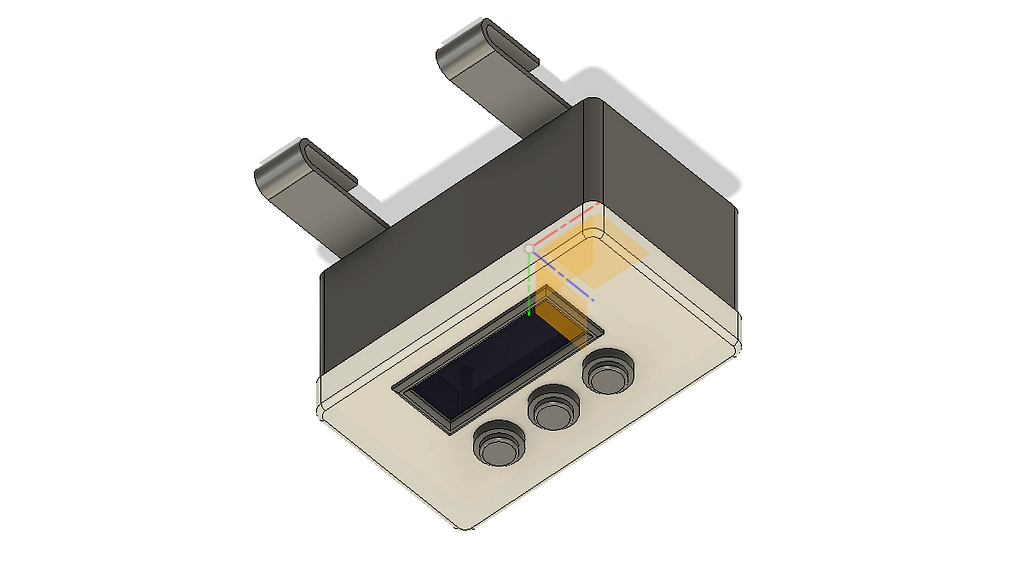
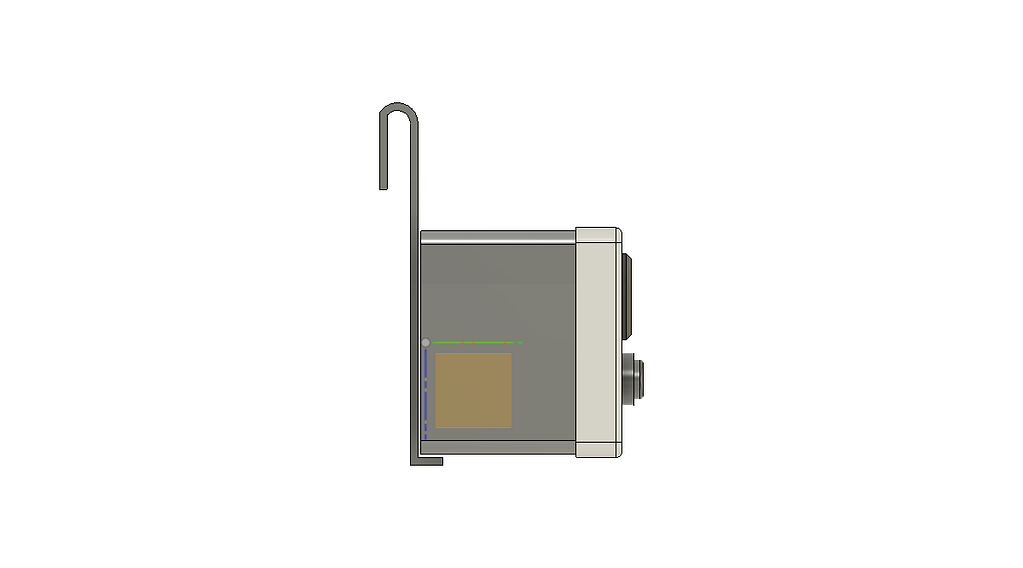
Lessons learned
- Every project milestone is a new learning experience. Learning these new skills makes you a better product developer and prepares you for future projects.
- Find a way to make the job easier. In my case I developed a standard hardware design that I now use for most of my projects.
- Some of the challenges can be turned into new opportunities or products. In this case, I have considered designing and manufacturing watertight lcd inserts since I could not find these and had to design them myself.
- For every propiotery commercial development tool out there, there will always be an opensource equivalent. Do some searching and make use of open source development tools to cut development costs.
- Being good at one particular skill is not enough, you’re better off having multiple skill sets, this will improve the efficiency and quality of your work.
Resources
If you’re seeking a meticulously crafted guide to navigate the complex world of product development, look no further than the highly acclaimed book The Hardware Startup. Packed with valuable insights and practical strategies, this authoritative resource is a must-read for aspiring entrepreneurs and innovators. Gain a deeper understanding of the intricate nuances involved in building successful hardware ventures. Don’t pass up the opportunity to equip yourself with this invaluable knowledge.

